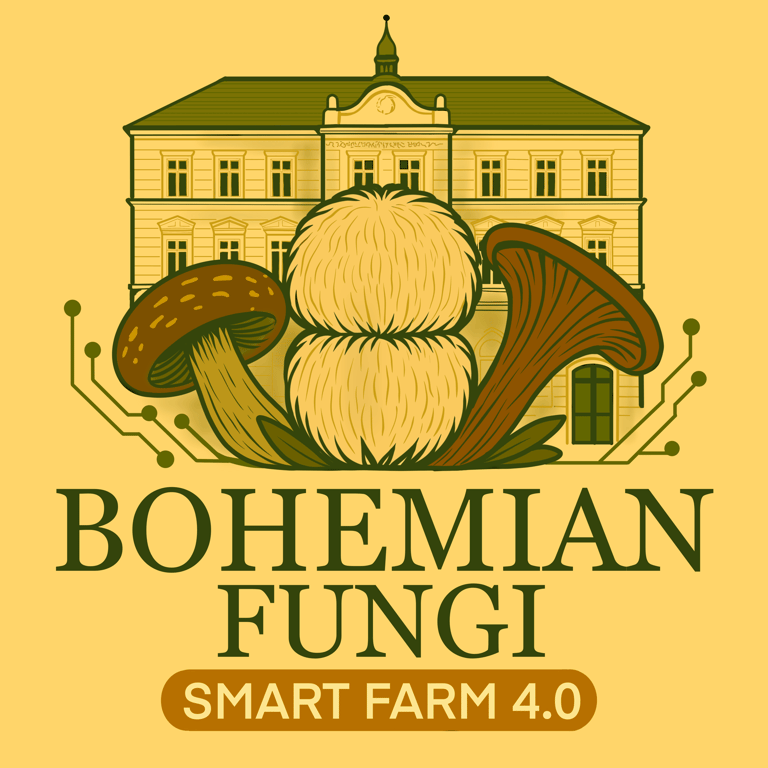The Golden Oyster Dilemma: A Delicious Invader
In this article we are diving into how the Golden oyster has become an invading species in the US
FUNGI SCIENCE
7/22/20252 min read
Golden oyster mushrooms ( Pleurotus citrinopileatus ) are prized for their nutty flavour, vibrant golden hue, and ease of cultivation—qualities that have made them a hit with home cooks and chefs alike in Prague and beyond. However, recent findings from a University of Wisconsin–Madison study raise concerns: when this species escapes into the wild, it tends to outcompete native fungi, significantly reducing fungal biodiversity
Rapid Spread, Wild Impacts
Explosive range expansion: Since their introduction—likely via grow kits and commercial farms—golden oysters have naturalized across many U.S. states and Canada, thriving on hardwoods like elm, oak, and beech
Ecological displacement: Trees hosting golden oyster mushrooms support only half as many fungal species compared to uninfected trees. Native species like elm oyster and Nemania serpens are being displaced—species valued for their roles in decomposition and biochemical diversity.
Ecosystem consequences: A drop in fungal diversity can disrupt decomposition rates, carbon storage, soil nutrient cycles, and even the future discovery of pharmaceuticals .
Climate-Driven Expansion
Warmer global temperatures are expected to widen the golden oyster’s invasive habitat, heightening the risk to forest fungal ecosystems.
A Global Perspective
While native to eastern Asia, golden oysters have now hitchhiked across continents—they’re recognised as invasive in Switzerland, Germany, Italy, Hungary, Serbia, and parts of North America.
What This Means for Our Mushroom Farm in Prague
At our Prague farm, we cultivate three premium mushroom varieties—oyster, shiitake, and lion's mane—with home cooks and restaurants in mind. How can we foster responsible mushroom cultivation while preserving environmental health?
Responsible Cultivation Tips
Containment is key: Grow golden oysters indoors or in enclosed, controlled environments to prevent accidental spore release.
Avoid composting outdoors: Dispose of spent substrates in secured, sealed composting systems to stop wild escape.
Educate our customers: Inform chefs and home growers about golden oyster invasions and encourage them to either fully contain grow kits or choose native species instead.
Highlight native alternatives: Offer locally foraged or cultivated oyster, shiitake, and lion’s mane mushrooms as eco-friendly, sustainable choices.
Balancing Delight and Stewardship
Golden oyster mushrooms offer exceptional culinary benefits—rich flavours, quick growth, and visual appeal. But with that popularity comes responsibility. We have a real opportunity here:
Support sustainable gastronomy: By selling responsibly grown oyster, shiitake, and lion’s mane mushrooms, we provide chefs and home cooks with quality produce and peace of mind.
Be an educational leader: Whether through farm-to-table partnerships or social media, we can spread awareness about fungal biodiversity and ethical cultivation.
Champion local biodiversity: By promoting native mushroom species, we’re not just feeding people, we’re celebrating and protecting Central Europe’s rich mycological heritage.
Our Promise to You
We are committed to providing delicious, safe, and environmentally mindful mushrooms:
Cultivated oyster, shiitake, and lion’s mane—grown in-house with no risk of environmental escape.
Transparent practices—clean, sealed growing environments; responsible disposal; clear labeling.
Support for local chefs and enthusiasts—through workshops, recipe ideas, and guidance on ethical foraging or growing.
Let’s savour the flavours without compromising the forests.
In Summary
Golden oyster mushrooms are undeniably delicious—but their invasive capacity and impact on fungal ecosystems are real. As a Prague-based farm, we aim to lead by example: offering quality mushrooms while championing best practices that protect both your kitchen and the surrounding environment.
If you’d like more information—be it recipes, growing tips, or environmental insights—just ask. We’re growing community as much as mushrooms. Contact us here.
If you want to know more about our the invasion impact the US : click here
